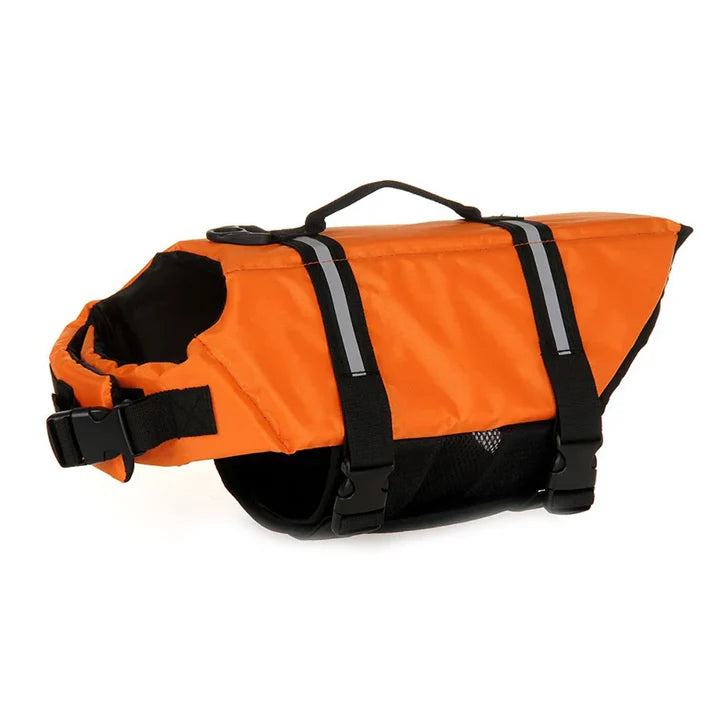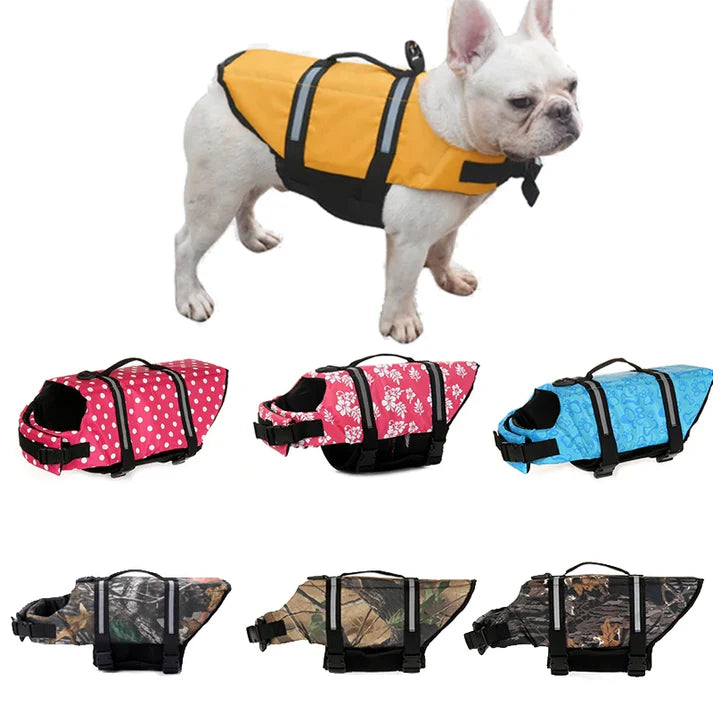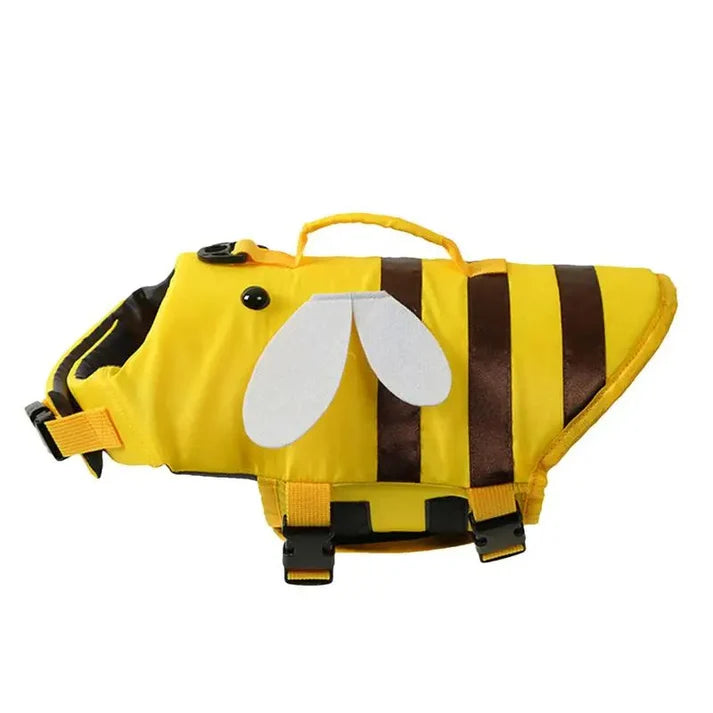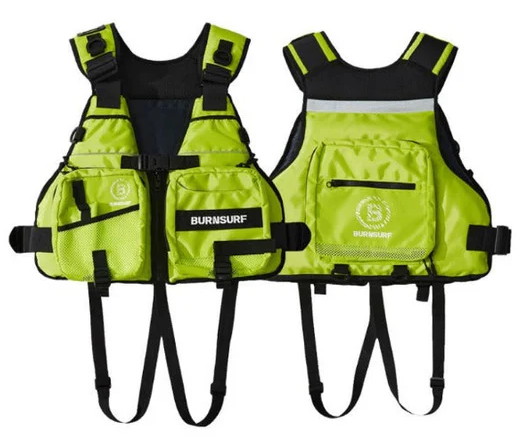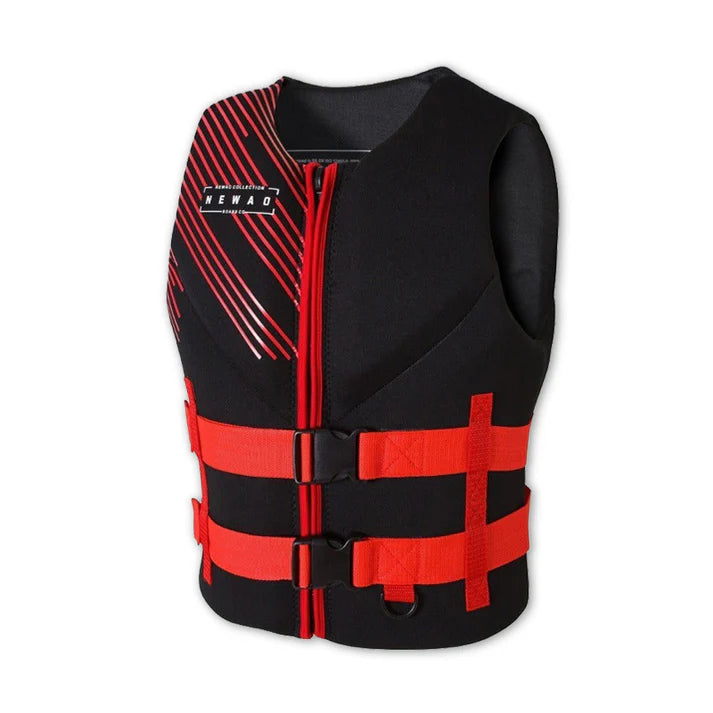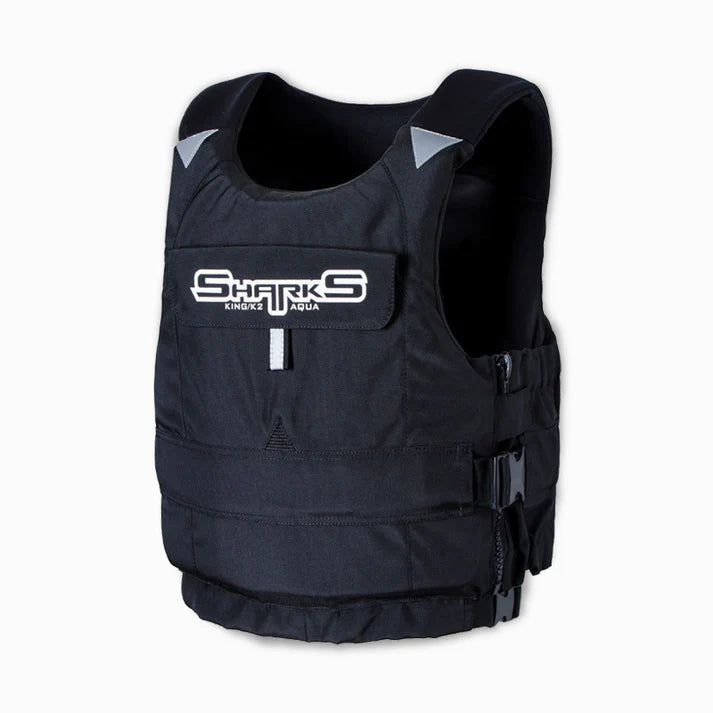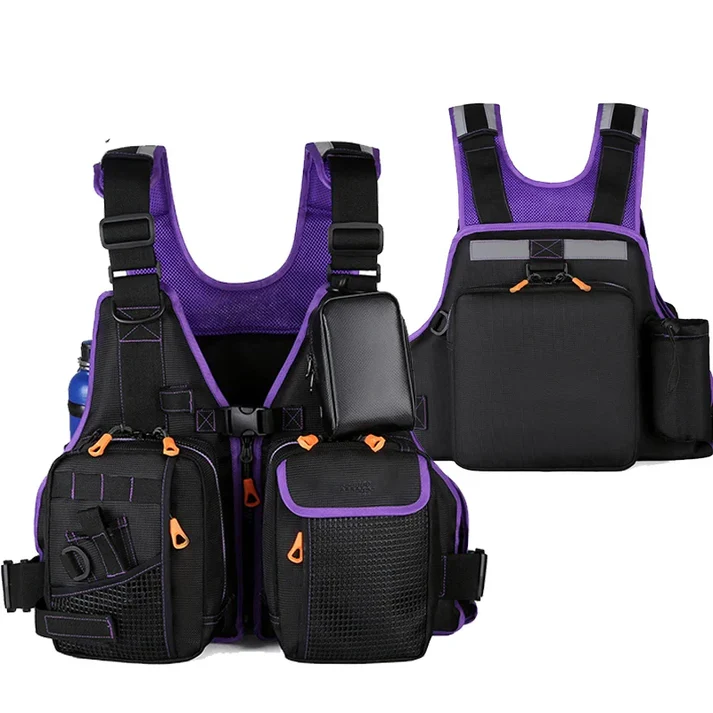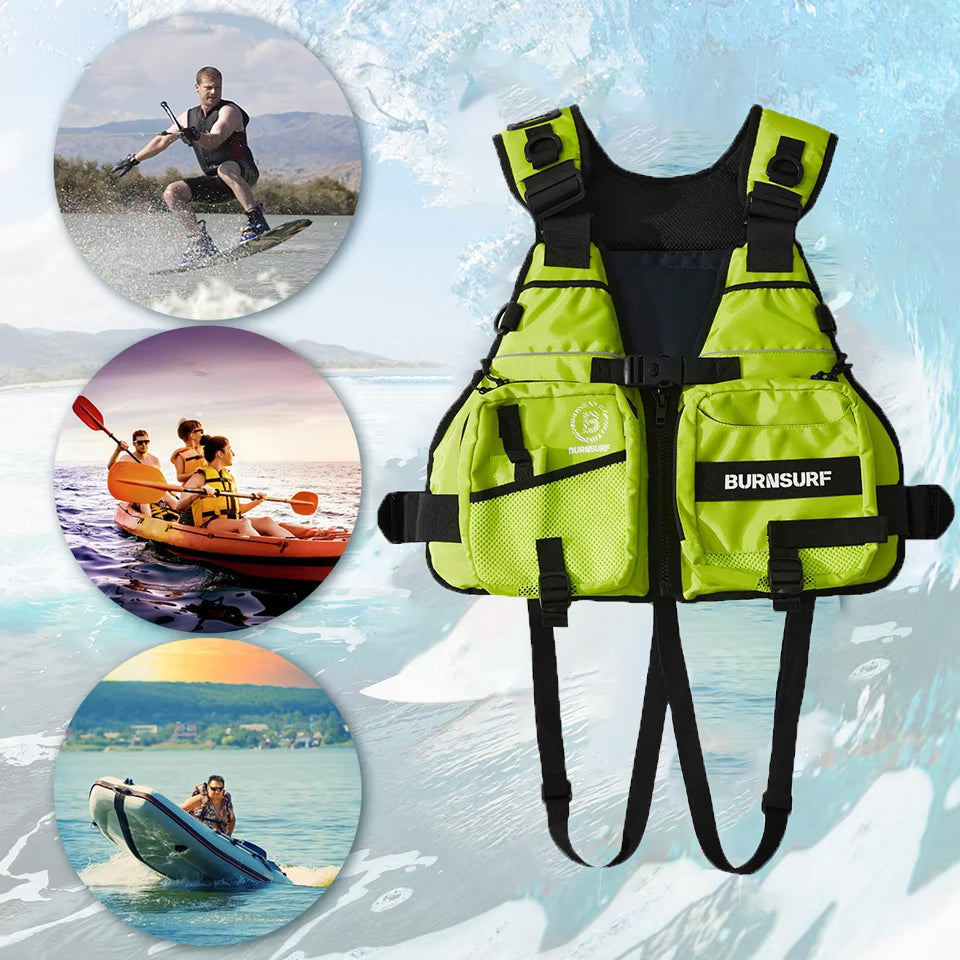Surfing is not just a sport; it's a lifestyle that connects you with nature, challenges your body, and ignites your spirit. Whether you’re a complete newbie or looking to refine your skills, this guide will help you navigate the waves of self-learning. Let’s dive in!
1. Understanding the Ocean: The Science Behind the Surf
The Basics of Waves
-
What Causes Waves?
-
Waves are generated by wind blowing across the surface of the water. The size and power of a wave depend on wind speed, duration, and the distance it travels (known as fetch). -
Types of Waves:
- Groundswells: These are long-period waves that travel great distances and produce more powerful surf.
- Windswells: Shorter and choppier, these waves are generated by local winds and are typically less powerful.
Tides and Currents
- Tides: Understanding high and low tides is crucial. Tides can affect wave quality and surfability. Check tide charts for your local surf spot!
- Currents: Learn about rip currents, which can be dangerous. Always know how to identify and escape them.
2. Gear Up: Choosing the Right Equipment
Surfboards
- Shortboards: Great for experienced surfers who want speed and maneuverability.
- Longboards: Ideal for beginners due to their stability and ease of paddling.
- Funboards: A hybrid that offers a balance between short and longboards, perfect for those transitioning.
Wetsuits
- Material Matters: Neoprene is the go-to material for wetsuits, providing insulation and flexibility.
- Thickness: Choose the right thickness based on water temperature. Thicker suits for colder waters!
3. Mastering the Basics: Techniques to Get You Started
Paddling
- Technique: Keep your body centered and use long, smooth strokes. Engage your core for better balance.
Pop-Up
-
Steps to Stand:
- Start lying on your board, facing the waves.
- As you feel a wave lift you, push up with your hands and bring your feet underneath you in one swift motion.
Riding the Wave
- Balance is Key: Keep your knees bent and your weight centered. Look where you want to go, not at the water!
4. Safety First: Surfing Responsibly
Know the Rules
- Right of Way: Understand who has priority on the waves. Generally, the surfer closest to the peak of the wave has the right of way.
Respect the Environment
- Leave No Trace: Always clean up after yourself. Respect marine life and local ecosystems.
5. Continuous Learning: Resources for Improvement
Online Tutorials
- YouTube Channels: Follow channels dedicated to surfing techniques and tips. Visual learning can be incredibly helpful!
Surfing Communities
- Join Local Groups: Connect with fellow surfers. They can offer invaluable tips and insights based on their experiences.
Books and Articles
- Read Up: Explore books on surfing techniques, oceanography, and the physics of waves. Knowledge is power!
Conclusion: Your Surfing Journey Awaits!
Surfing is a thrilling blend of physical skill, mental focus, and an appreciation for nature. As you embark on this self-learning journey, remember that practice makes perfect. Embrace the wipeouts, celebrate the rides, and most importantly, enjoy every moment on the water. Happy surfing! 🏄♂️🌊







